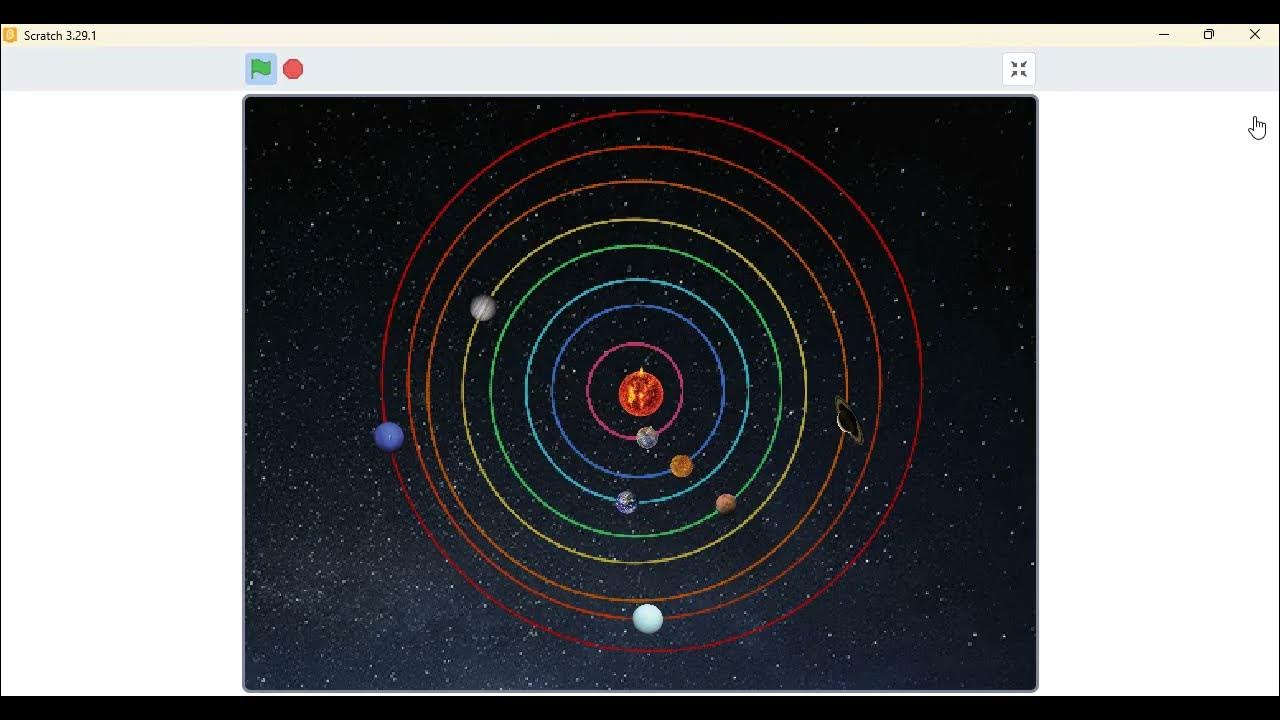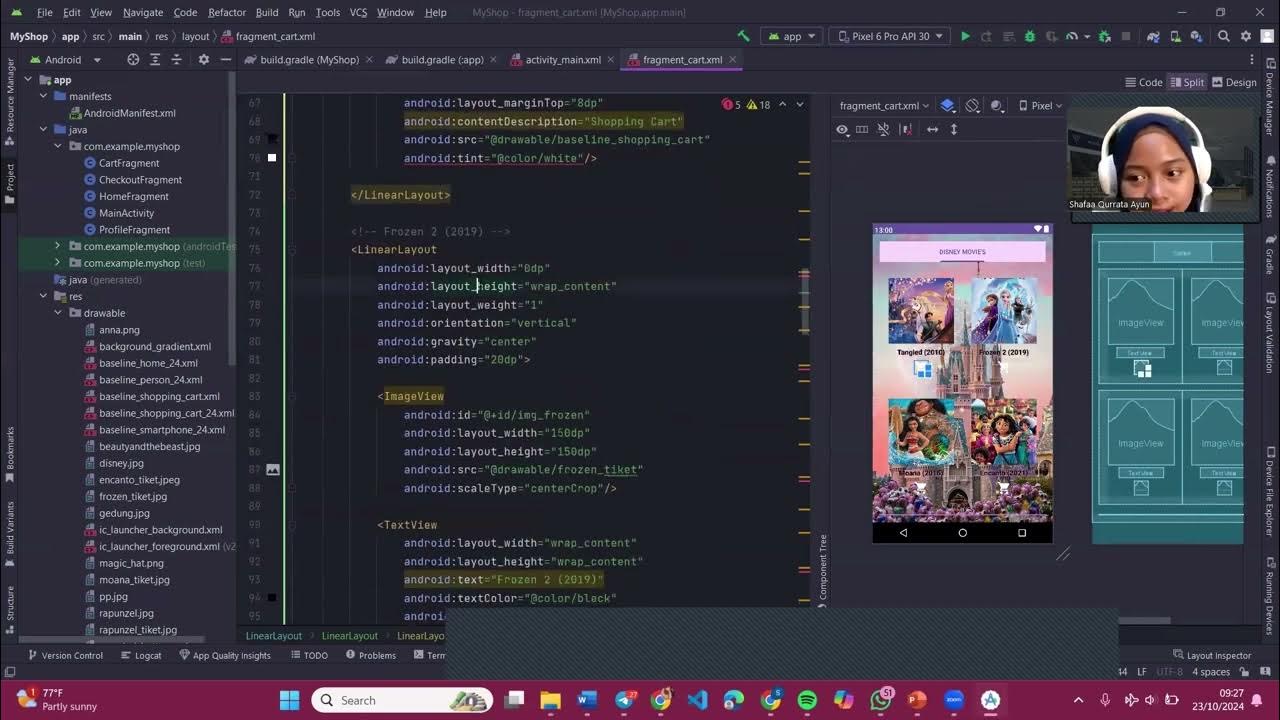TUTORIAL CODING UNTUK PEMULA MENGGUNAKAN FLOWGORITHM - PART 1
Summary
TLDRThis beginner-friendly coding tutorial demonstrates how to use the free app Vlogger Item for basic programming. It covers essential concepts like declaring variables, choosing appropriate data types (integer, real, string, boolean), and input-output operations. The tutorial also explores simple operations, like adding values to variables and using 'if' statements for conditional logic. Through practical examples, the video guides viewers step-by-step in creating their first program. It’s perfect for those starting with coding, making learning engaging and easy to follow.
Takeaways
- 😀 The tutorial is aimed at coding beginners and uses the free app 'vlogger item' for learning programming.
- 😀 The 'vlogger item' app can be downloaded for free, and a link is provided in the description of the video.
- 😀 There are four main data types available: Integer (whole numbers), Real (decimal numbers), String (text), and Boolean (true/false).
- 😀 Integer data types round down decimal numbers to the nearest whole number, while Real data types can store decimals.
- 😀 String data types are used to store words or sentences, while Boolean data types store only true or false values.
- 😀 To create a program, you first declare variables, giving them a name and data type, like 'integer a' or 'real b'.
- 😀 The input function allows users to input values, which can then be stored in variables for later use in the program.
- 😀 The output function displays information to the user, either as a string or the value of a variable.
- 😀 It is important to initialize variables before using them, otherwise the program may return errors.
- 😀 Operators like addition, subtraction, multiplication, and division can be used to modify variables, and assignment operators are used to assign new values to variables.
- 😀 The 'if' statement checks conditions and executes code based on whether the condition is true or false, enabling conditional logic in programs.
Q & A
What is the main focus of the tutorial in the video?
-The main focus of the tutorial is to explain basic coding concepts for beginners, including variable declaration, data types, input-output handling, and conditional statements.
What is the name of the application used in the tutorial?
-The application used in the tutorial is called 'vlogger item.' It is a simple and free app that can be downloaded for coding.
What are the four data types mentioned in the video?
-The four data types mentioned are integer, real, string, and boolean.
What does the 'integer' data type represent and how does it behave?
-The 'integer' data type represents whole numbers. It always rounds down values, so for example, 1.5 or 1.9 would be rounded down to 1.
How does the 'real' data type differ from 'integer'?
-The 'real' data type allows for decimal values, unlike 'integer,' which only accepts whole numbers. For example, 1.5 remains 1.5 with 'real'.
What is the purpose of the 'string' data type?
-The 'string' data type is used to store text, such as words or sentences.
What does the 'boolean' data type store?
-The 'boolean' data type stores logical values, typically 'True' or 'False'. It is used to represent conditions or states.
What is the correct way to use input and output in the program?
-To use input, the program prompts the user to enter a value. Output can either be a string or a variable's value. For example, you can print a string or the value stored in a variable after an input is provided.
What happens when you try to output a variable that hasn’t been given a value?
-If you try to output a variable that has not been assigned a value, an error occurs because the program cannot output an undefined variable.
How does the 'if' statement function in the program?
-The 'if' statement checks a condition and executes a specific block of code if the condition is true. For example, if a variable is greater than or equal to 90, it outputs 'lulus' (passed), otherwise, it outputs 'tidak lulus' (failed).
Outlines

Cette section est réservée aux utilisateurs payants. Améliorez votre compte pour accéder à cette section.
Améliorer maintenantMindmap

Cette section est réservée aux utilisateurs payants. Améliorez votre compte pour accéder à cette section.
Améliorer maintenantKeywords

Cette section est réservée aux utilisateurs payants. Améliorez votre compte pour accéder à cette section.
Améliorer maintenantHighlights

Cette section est réservée aux utilisateurs payants. Améliorez votre compte pour accéder à cette section.
Améliorer maintenantTranscripts

Cette section est réservée aux utilisateurs payants. Améliorez votre compte pour accéder à cette section.
Améliorer maintenantVoir Plus de Vidéos Connexes

Cara Mudah Membuat Animasi/Simulasi Sistem Tata Surya dengan Scratch

Cara Instalasi Dev Belajar Pemograman C++ | Informatika XI

Konsep Dasar Coding Untuk Pemula

Create an Android APP in MINUTES by FREE AI 📱 EASY Tutorial with Cursor and Android Studio

PGPB Acara 7 Bottom Navigation View dan Fragment

Create the Perfect System Prompt for New Coders on Cursor AI (AKA Rules for AI)
5.0 / 5 (0 votes)
